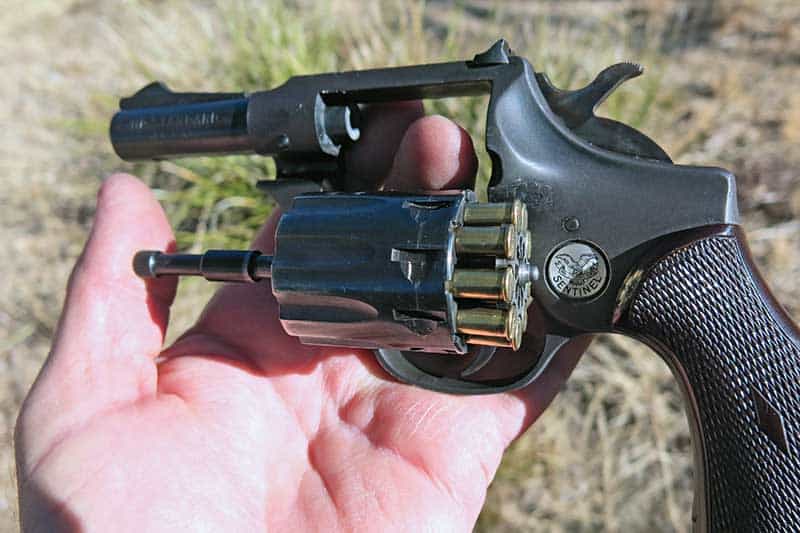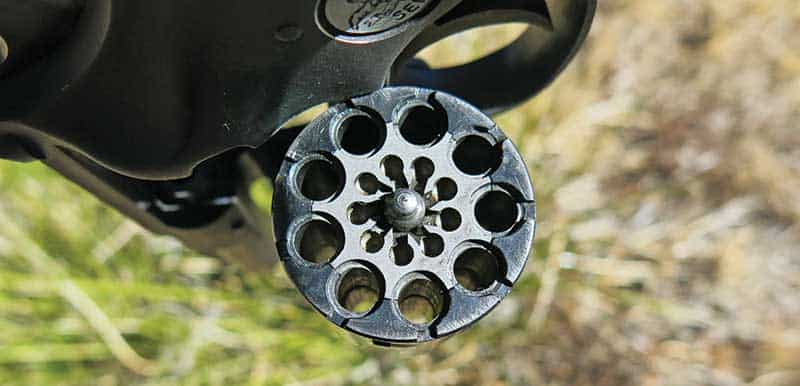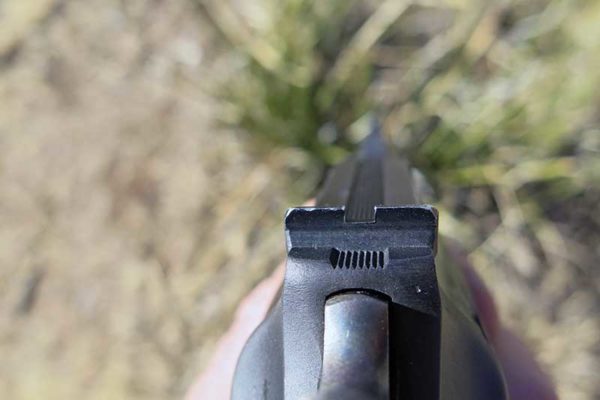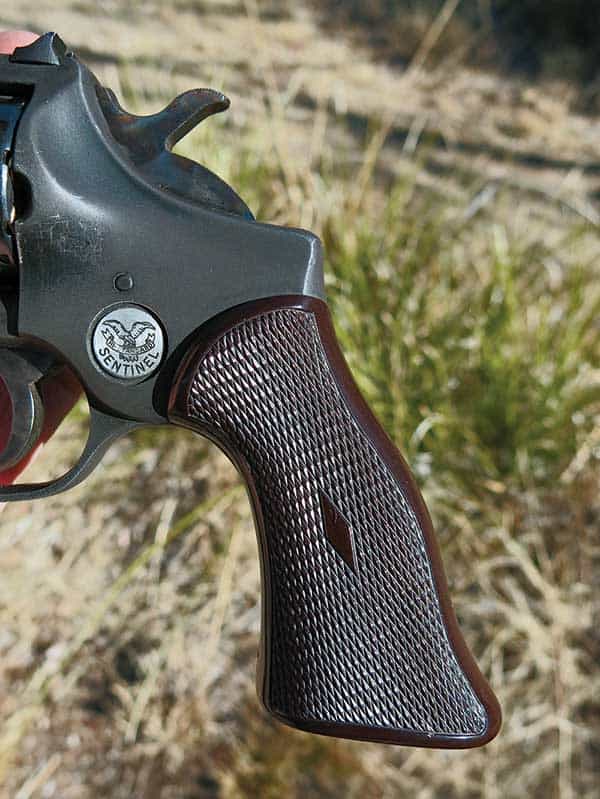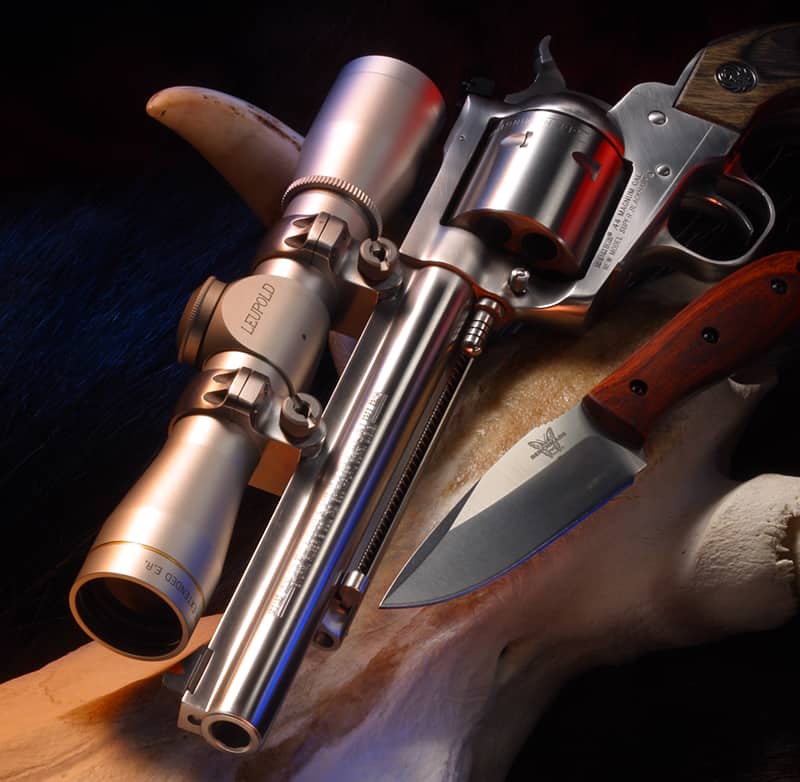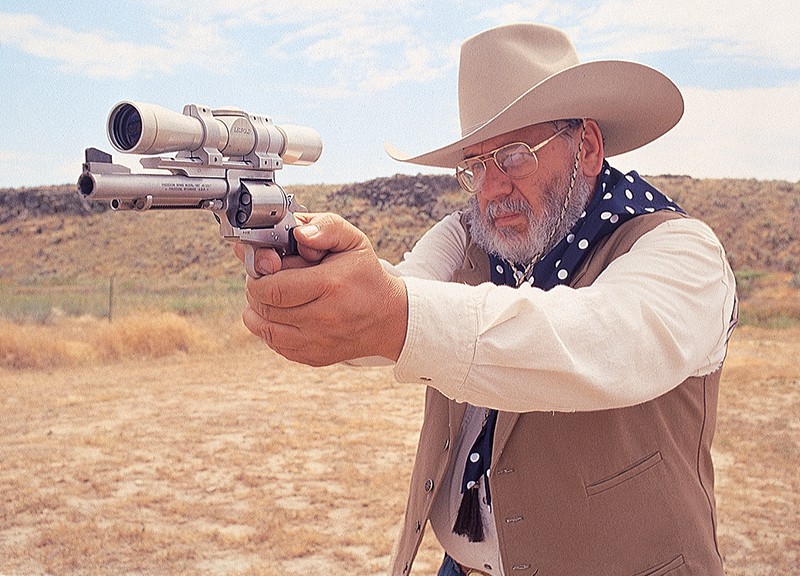Overlooked Rimfire Gem
The High Standard Sentinel
I enjoy cruising the used gun sections of our local gun shops for those hidden gems often just passed over because no one knows a thing about them and often, what they do know is simply passed on misinformation. Not long ago, a remarkable rimfire revolver with real character begged for a new home, and I simply obliged it because the price was so right. The 1956 era, R-101 Model High Standard Sentinel I picked up is innovative in features often unnoticed and unappreciated.
To fully appreciate High Standard’s Sentinel, you have to know something about its designer, Harry H. Sefried II. Sefried was one of the most creative firearm designers of the last half of the 20th century. At the end of WWII, he worked with Marsh “Carbine” Williams at Winchester, and then joined High Standard where he designed their leading models such as the Supermatic Citation and Olympic as well as the Sentinel revolver.
In 1959, he joined Sturm, Ruger & Co., where he served as chief engineer from 1959 to 1979. For 20 years, Sefried was Bill Ruger’s alter ego when it came to fleshing out and refining designs that Ruger conceived. He played a prominent, personal role in the development and design of the .44 Magnum carbine, the Security-Six, the Redhawk, the Old Army, the Hawkeye and the Mark II pistol, but his greatest achievement was the design of the sensational, utterly reliable, 10-shot rotary magazine for the 10/22.
The Sentinel
Sefried designed the 9-shot Sentinel sometime in 1955. It was first introduced as the J. C. Higgins Model 88 by Sears Roebuck with a price tag of $37.50. Additional private label versions were produced for Western Auto and Col. Rex Applegate’s Mexican arms company, ARMAMEX.
Looking casually at a common Sentinel, it doesn’t appear to be a remarkable design. In fact, casting an eye on the black anodized, cast-aluminum frame of the 1956 era R-101 model Sentinel pictured here, it looks cheap. Cheap in price only. The devil is in the details.
Notice that there are no visible screws holding it together, just like a classic Mauser ’96 Broomhandle. Actually, there is one. It’s the screw securing the grip to the frame, but otherwise, the whole gun is held together by the single, visible hammer pin, securing the triggerguard, fire control system and grip to the main frame.
Notice the unusual cylinder ratchet Sefried designed. There are no conventional ratchet teeth in the early Sentinels. In their place are nine, recessed detents at the rear of the star extractor that are engaged by a conventional pawl. The rotation and alignment of the cylinder are precise, and by eliminating the conventional sharp teeth of the ratchet, wear is minimized in the innovative Sefried ratchet and pawl system, which extended life of the gun The grooved cylinder is counterbored to better support and encase the head of the rimfire cases. Since the hammer nose of the Sentinel is the firing pin, to prevent the hammer nose from striking the rear of the cylinder and possibly fracturing if dry fired, there is a relief groove milled at the 12 o’clock position on each chamber. The relief groove also serves as a positive channel for escaping gas should the case head rupture when struck by the hammer nose.
The cylinder crane locking mechanism is unique. It consists of a spring-loaded cylindrical shoulder on the cylinder ejector rod which is pulled tightly into a locking recess milled into the frame. To unlock the cylinder, you simply pull forward on the ejector rod and swing it out.
Perfect Grip
To me, the pièce de résistance of Sefried’s design is the grip itself. Sefried stocked the Sentinel exceedingly well. In my opinion, the square-butt grip of the early model Sentinels is the finest, general-purpose grip ever fitted to a handgun. The shape and inspired contours of the grip fit any hand, large or small. The angle to the frame is perfect, making the Sentinel a natural pointer. If you come across a square-butt stocked Sentinel, pick it up and get the feel of what words cannot convey.
The Sentinel was in production for almost 30 years and was offered in a variety of model designations, barrel lengths, mechanical features, finishes and chambered for the .22 Magnum as well as .22 Long Rifle. One of the more interesting and picturesque variations was the 1957 introduction of the “Dura-Tone” snubnose model with a 2-3/8-inch barrel, bobbed hammer and rounded grip. The cylinders, triggers and hammers were nickel-plated and the frames were anodized in either gold, turquoise or pink finishes. Fitted with white, smooth grips, the “Dura-Tone” snubbies were delivered in a lined presentation case. The ladies loved ’em.
The Sentinel design was also morphed into a variety of western-styled models with names like “Durango,” “Hombre” and “Longhorn.”
How does my early 1956 Model Sentinel with its 3-inch barrel shoot? The Sentinel sports a super fast action. I don’t know how fast its fast is, but the lock time is sensational as is its weight-of-pull in single-action mode which measures 2-1/2 pounds on a Lyman electronic scale. The short, snappy, double-action pull has to be mastered though. The pull-through to the release point is very short and precise.
The Sentinel sights are excellent and highly visible. The windage adjustable rear sight features a wide, square notch providing welcome daylight on both sides of the ramped front blade. The sights are factory zeroed for 25 yards, and at 25 yards, firing standard velocity ammunition, which my Sentinel favors; I can keep five shots within 1-3/8 to 2 inches.
Is this a great plinking gun? Yes, it is, with nine rounds between reloads! Often found in good condition and priced cheap, the early, Sefried Sentinels are worthy, little rimfires with intriguing, advanced design features that largely go unnoticed. Keep your frugal eye out for one.
Model R-101 Sentinel
Maker: High Standard Mfg. Co. (1926-1984)
Action: Double & single
Barrel Length: 3″
Overall Length: 8″
Weight: 21 ounces
Finish: Matte black frame, blue barrel/cylinder. Color case-hardened trigger and hammer
Sights: Ramped front, windage adjustable rear
Grips: Square butt, checkered plastic
Price: $225, or more depending upon model and condition according to
The Blue Book of Gun Values
